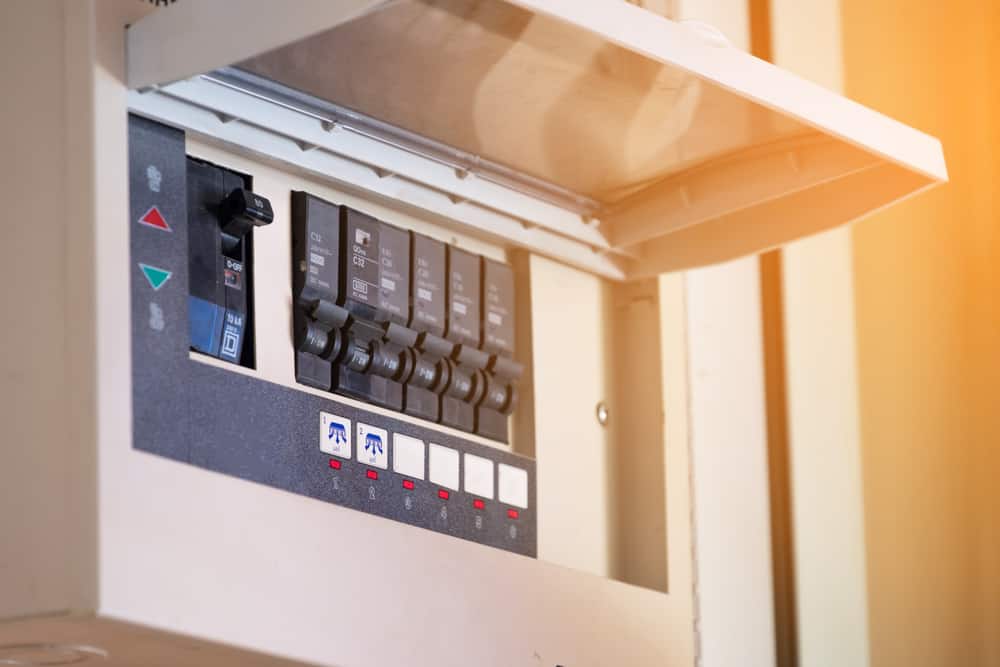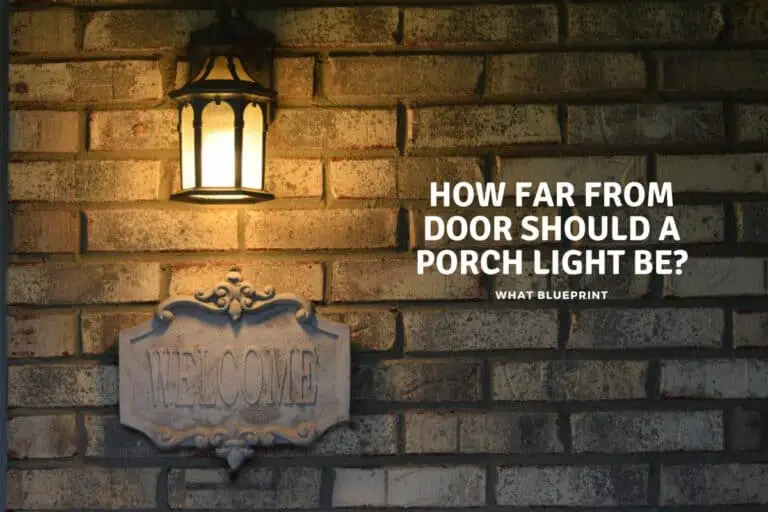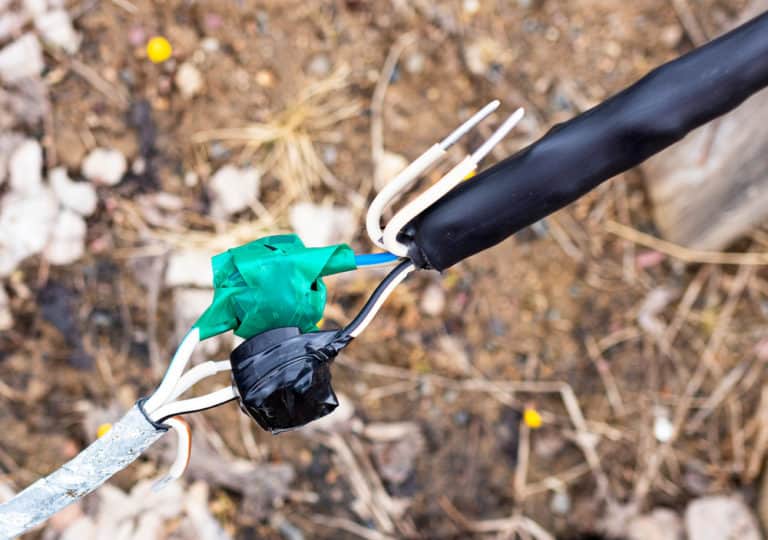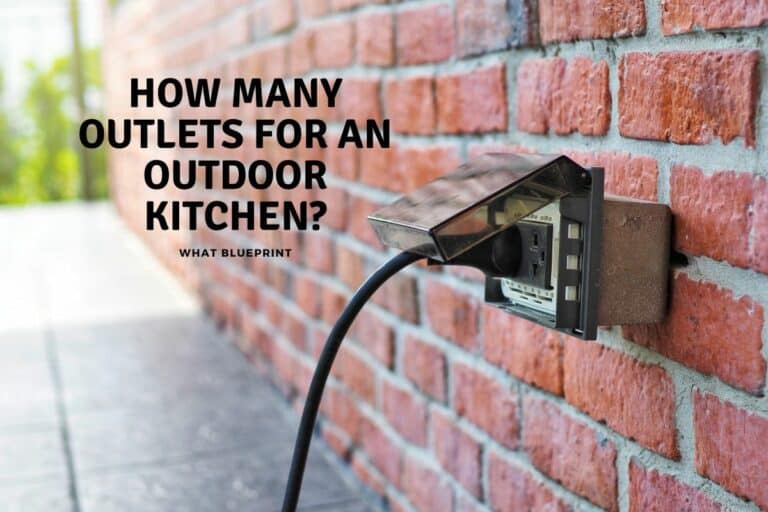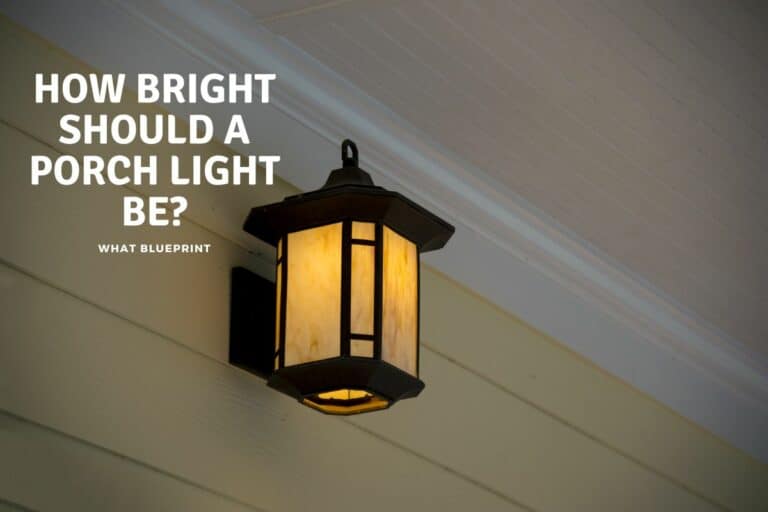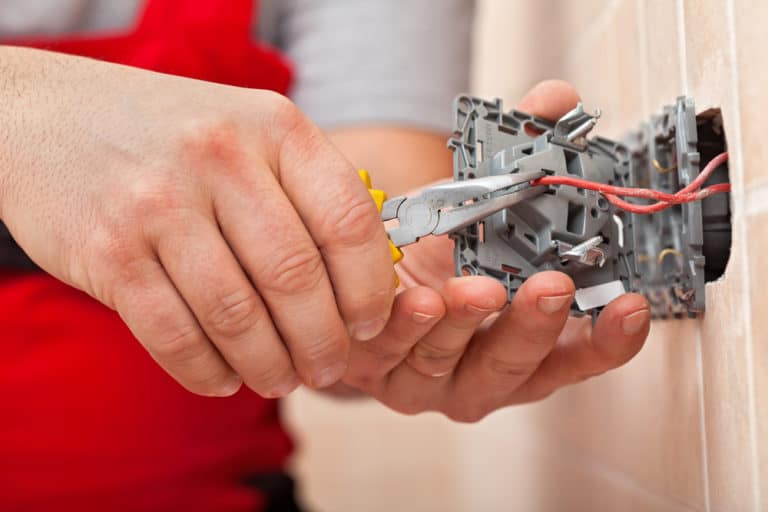Can You Wire Lights And Outlets On The Same Circuit?
An average home in the US uses an indoor distribution board with breakers for several circuits in the home. Many homes use the 15A circuit breaker to control multiple lights and AC outlets in the circuit.
From a technical standpoint, it is possible to wire light switches and outlets on the same circuit. It is a common practice among electricians and many average homes in the US use indoor distribution systems that house multiple breakers.
However, there are limitations to this provision;
- The law – some states may have limitations on wiring lights and outlets on the same circuit.
- Practicability – if the circuit breaker is overloaded, it may blow the fuse and disable both the lights and the outlet. The total load should not be more than 80 percent of the circuit breaker’s limit. Blowing the fuse may plunge the entire home into a blackout.
- Costs – it is less expensive to have a separate lighting circuit. This is because light consumes very little power and requires thin, less expensive wires.
How to Wire Electrical Outlets and Switches
Electrical wiring and installation is not a simple undertaking as it requires intermediate to advanced skills and experience to make safe and long-lasting connections. You may therefore need to hire a licensed contractor to correctly and safely do the wiring and installation. Before embarking on the job, you need to ensure all the tools and equipment needed are in place. Below are common tools needed;
- Wires
- Extension cord
- Voltmeter
- Ammeter
- Continuity tester
- Black tape
- Pliers
Understanding the Wires
Before you embark on the actual connections, you must first understand the wires including the colors and their indications. There are basically two categories of wires when doing electrical wiring – the power lines that come from the breaker box and the ones coming from the switch down to the light fixture. You can use a voltage tester to identify the power and neutral lines.
In standard 120-volt wiring, for instance, the neutral wire is white while the hot wires are red, black, or purple. Ground wires are colored green or bare copper. You need to mark these colors from the beginning to ensure you create safe connections.
Step 1: Install an electrical box
The location of the electrical box depends on local regulations but it is generally located 44” above the floor in line with ‘Americans with Disabilities’ Act. The electrical box also needs to be near the door.
Step 2: Make Screw Terminal Connections
Use screw terminals to connect circuit wires to a receptacle or switch. Follow the steps below to create safe and secure connections;
- Using a wire stripper, peel off around 3/4 inch of insulation from the wire
- Bend the stripped section into a “U” or hook using pliers
- Insert the hooked end into the screw terminal and ensure the end of the cable on the right side of the screw
- Use needle-nose pliers to hook the wire around the shank of the screw
- Use a square recess screwdriver or a Phillips screwdriver to tighten the screw and ensure it firmly holds the wire below the screw head.
Step 3: Wiring “Middle-of-the-Run” Outlet Receptacles
The middle outlet receptacles are usually located between the “upstream” and the “downstream” receptacles. There are two ways to wire middle receptacles. First, you can connect the middle receptacle to the hot and neutral screw terminals from the “upstream terminals. Outgoing wires from the middle receptacle connect to the other pair of screw terminals on the “downstream” side.
This is the simplest way to do the wiring but it has a drawback. In case of a problem with the receptacles, the downstream side goes off because no power flows through the receptacles.
The second method involves connecting middle-of-run receptacles to circuit wires using “pigtails.” A pigtail is a short hot or neutral wire from the middle receptacles to the circuit wires. These wires connect to the circuit wires using a wire connector in the outlet box. This wiring configuration creates a complete pathway of wires from the electrical box to the downstream part of the circuit. The pigtails help to get power from the hot and neutral lines into the receptacles.
Electricians prefer the second configuration because the downstream part continues to receive power even if there is a problem in the receptacles. The wiring creates an unbroken circuit pathway that moves power to downstream outlets and fixtures.
Maintaining Proper Polarity
In electrical wiring polarity keeps current flowing in the right direction. Black/red circuit wires are the “hot” wires that move power to the receptacle or switch. The white ones are the neutral wires and move power back to the circuit breaker.
For proper polarity, connect the hot wires to one of the hot terminals and the neutral wire to one of the neutral terminals.
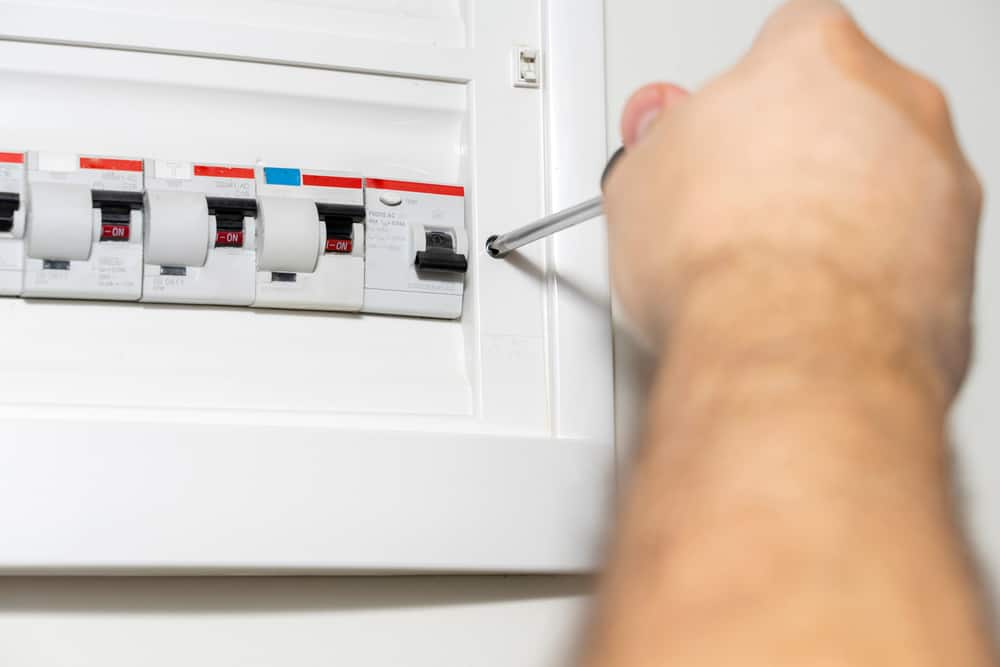
How many lights and outlets can be connected in one circuit?
The recommended maximum number of outlets that can be connected to a circuit is 12. These can be 12 light outlets or 12 plug outlets. There are however no appliance plugs. You can also use a mix of light and plug outlets.
Wiring Three-Way Switches
A three-way switch has one “common” wire and two “traveler” wires and it controls outlets and fixtures from two locations. To replace the three-way switch, first mark the common wire on the old switch before removing the wire.
To connect the new switch, connect the common wire to the common terminal on the switch. Finally, connect the other two wires to the traveler terminals.
Creating dependent switches and outlets
It is possible to create a single switch that simultaneously switches on the light and outlets. To create dependent switches and outlets, connect the black non-hot wire from the light fixture and connect it to the black screws on the switch.
Next, connect the hot wire to the brass screw on the switch and the neutral wire to the silver screw. The copper ground wire is connected to the grey screw.
Installing independent switches and outlets
Independent switches and outlets operate separately meaning you can switch on and off the lights without interfering with the outlets. To do this, connect the black hot wire from the main power supply to the black screw on the switch. Next, connect the black wire from the light fixture to the brass screw.
Wiring a GFCI Receptacle
There are two terminals on the ground-fault circuit-interrupter (GFCI) – one is marked LINE, and one is marked LOAD. You can use both the LINE and LOAD terminals to offer GFCI protection to downstream devices. If downstream devices don’t need GFCI protection, you can use only the LINE terminal.
Can you have Too Many Outlets On One Circuit?
The number of installed outlets does not affect the power within the circuit as these outlets do not draw power from the circuit. The problem only kicks in when you start plugging in appliances. When you connect too many appliances, you are likely to overload the circuit.
When you overload the circuit, the circuit breaker shuts off the power to prevent electric shocks and possible fire outbreaks. You may therefore need to determine beforehand the number of appliances and the amount of power they will consume. In this regard, you may need a dedicated circuit for large appliances to prevent the circuit from tipping off constantly.
How Much Power Can My Circuits Take?
There are three parameters that you can use to determine the amount of power your circuit needs;
- Amps – the amount of electrical current
- Volts – the force of the current
- Watts – the power of electrical current
When viewed in terms of water flowing in the pipe, the amps represent the amount of water, the volts represent the pressure with which the water flows, and the watts stand for the amount of power the water offers.
Home circuits use either 15-amp or 20-amp circuits which run at 120 volts. As hinted in the beginning, the maximum load should not exceed 80% of the total circuit power.
Conclusion
Before determining whether to wire lights and receptacles on a single circuit, you need to first consult with your local authorities as local codes and regulations may differ according to region. In some regions, you are only allowed to separate circuits, lights, and receptacles. In regions where mixing is allowed, it is convenient to have lights and receptacles on a single circuit.
Sources
- https://farmihomie.com/how-to-wire-multiple-outlets-and-lights-on-same-circuit/
- https://portablepowerguides.com/can-i-wire-lights-and-outlets-on-the-same-circuit-how/
- https://earlybirdelectricians.com/blog/outlets-on-one-circuit/
- https://www.hunker.com/12002123/how-to-add-an-electrical-outlet-from-an-existing-light-switch

